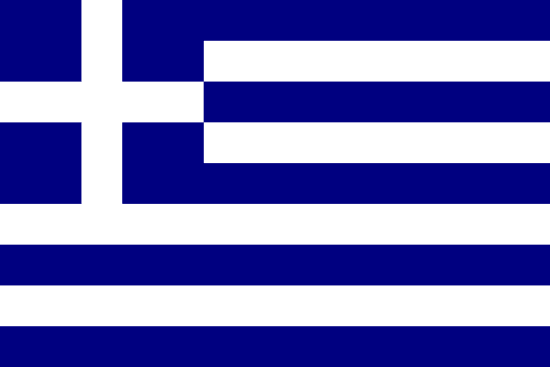"Πύλη προς τον ουρανό | Gateway to heaven"
About:
Kalampaka, a town in Greece, traces its history back to ancient times. It was known as Aeginium during the Hellenistic period. The town became significant in the Byzantine era due to the nearby Meteora monasteries. The Ottomans occupied it in the 14th century, renaming it "Kalabaka". It was liberated in 1912 during the First Balkan War. Today, Kalampaka is a renowned tourist destination, attracting visitors with its unique geography and the UNESCO World Heritage Site, the Meteora monasteries.
When to visit:
Kalampaka, located in central Greece, is best visited during the spring and fall seasons for pleasant weather and smaller crowds compared to the peak summer months. The months of April to June and September to October offer mild temperatures ideal for exploring the stunning rock formations and monasteries in the area. Visitors can enjoy clearer views of the famous Meteora cliffs without the intense heat of summer. Travelers should note that winter months can be cold and some attractions may have limited hours during this time.
When to avoid:
The worst time to travel to Kalampaka on a holiday is during the peak summer months of July and August. These months are characterized by scorching temperatures that can exceed 40 degrees Celsius, making outdoor activities and sightseeing uncomfortable. Additionally, the influx of tourists during this time can lead to crowded attractions and higher prices for accommodations. To avoid these challenges, it is advisable to plan your visit during the shoulder seasons of spring (April to June) or autumn (September to October) when the weather is milder and the crowds are thinner, allowing for a more enjoyable travel experience.
Winter (Dec-Feb)
Kalampaka, Greece experiences its coldest and wettest period from December through February. Average temperatures range from 32°F to 50°F. Rainfall averages around 60mm in December, making it the wettest month. Days are typically overcast, with only 3-4 hours of sunlight. Snowfall is infrequent but possible. For a visitor, an average day might involve brisk morning walks under cloudy skies, afternoon rain showers, and chilly evenings. Despite the cold, indoor activities like visiting the Meteora monasteries or local museums remain popular.
Summer (June - August)
Kalampaka, Greece experiences its warmest part of the year from June to August, with July being the hottest month. During this period, the average high temperatures range from 30°C (86°F) to 33°C (91°F). The rainfall is relatively low, averaging around 20mm to 30mm per month. This time of year is characterized by long, sunny days with up to 13-14 hours of daylight.
Humidity levels are moderate, typically around 45-55%, making the heat more bearable. Cloud cover is also minimal, leading to clear, blue skies for the majority of the time.
A typical day for a visitor during this period would start with a bright, sunny morning. The temperatures rise steadily throughout the day, peaking in the early afternoon. The heat would be intense but not oppressive, thanks to the moderate humidity. Despite the high temperatures, the chance of rain is minimal, so outdoor activities and sightseeing plans are rarely disrupted. As the sun sets, the temperatures drop slightly, making the evenings pleasantly warm.
Language:
In Kalampaka, Greece, the most commonly spoken language is Greek. It is the official language of the country and is used in all aspects of daily life including business, education, and media. English is also widely understood, particularly in the tourism industry, due to the city's popularity as a destination for international visitors.




